North Dakota Waterfowl Survey Shows Wet Conditions, Slight Increase in Breeding Ducks

For Immediate Release
June 8, 2023
BISMARCK, NORTH DAKOTA — Extreme snowfall last winter across central and eastern North Dakota has set up the state for good duck production this spring.
Results from North Dakota Game and Fish Department’s annual breeding waterfowl and wetland survey reveal good to excellent conditions for breeding ducks.
“We had a lot of snow last winter and ended up with our 7th-highest wetland index, which is a little bit less than last year (2nd highest ever), but still very, very good,” said Mike Szymanski, migratory game bird supervisor for the NDGFD.
The total duck number was estimated just above 3.4 million, a slight increase over the breeding population from 2022. While ducks are up overall, mallards are down 10 percent at 640,000, with blue-winged teal also slightly lower but still a strong 925,000 in the state.
Szymanski reported increases in redheads, canvasbacks, and shovelers over 2022, but the most pleasant surprise is a 40 percent increase in breeding pintails, bringing their breeding populations in North Dakota back to numbers not seen in the state since the 2000s.
While Szymanski said habitat conditions ranged from fair to excellent across North Dakota, heavy rains in key areas in early May should lead to good duck production.
Canada goose numbers declined 27 percent, however they were at an all-time high in 2022. The estimated 297,000 Canada geese represents a strong population, Szymanski said.
Matt Chouinard, waterfowl programs director based at Delta Waterfowl’s headquarters in Bismarck, North Dakota, reported that seasonal wetlands—small, shallow ponds in pastures and crop fields that are so important for breeding ducks—were abundant across the central and eastern portions of the state.
“It feels like conditions for nesting ducks are a little better this year,” Chouinard said. “I observed a lot of pastures and fields with seasonal ponds, and water outside of the cattail rings in semi-permanent wetlands. That flooded cover helps ducklings avoid predators, and it’s where they will go to survive.”
Chouinard also noted that Delta’s Predator Management trappers are reporting a strong duck nesting effort this spring as they work to increase duck production.
“If we keep getting rains, any ducks that lose a first nest will have a good opportunity to renest this year, and it will also help increase brood survival,” Chouinard said.
North Dakota is a leading state for duck production, and a strong breeding season will feed ducks to all four flyways this fall.
The annual North Dakota survey serves as an important first index of breeding duck numbers in the critical prairie pothole region. Conditions are generally good across the PPR, although parts of the Saskatchewan and Alberta prairie are dry.
Just what kind of fall flight to expect will come into focus in over the next couple of months. The U.S. Fish and Wildlife Service and Canadian Wildlife Service are completing and compiling data for the 2023 Waterfowl Breeding Population and Habitat Survey. The results are expected to be released in August. The survey estimated the total duck population at 34.2 million in 2022.
Delta Waterfowl is The Duck Hunters Organization, a leading conservation group working to produce ducks and secure the future of waterfowl hunting in North America. Visit deltawaterfowl.org.
For more information, contact Matt Chouinard at mchouinard@deltawaterfowl.org.

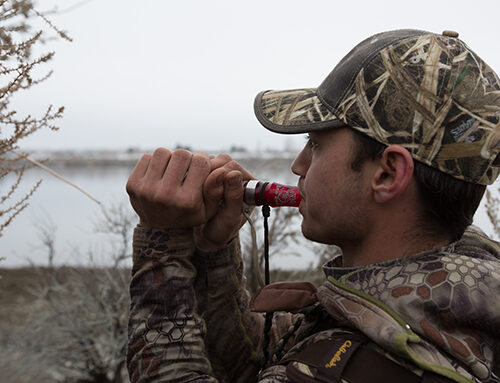
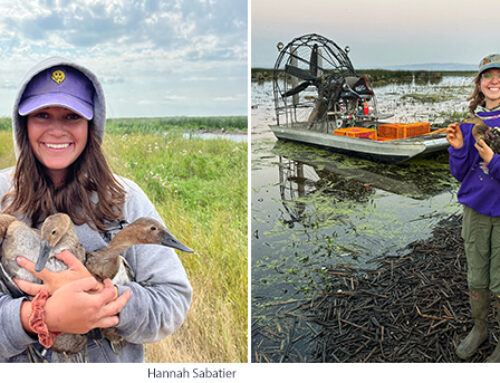
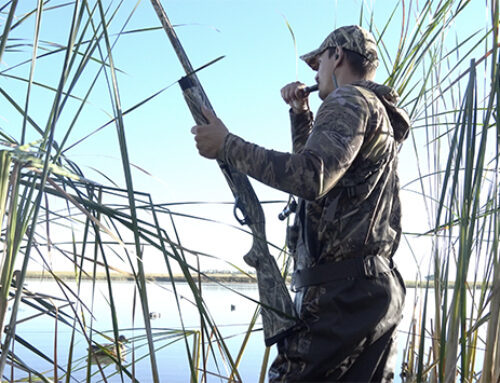
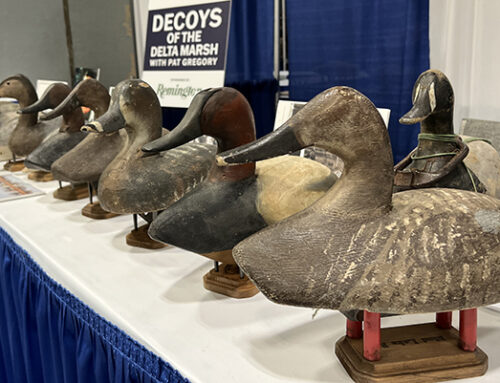
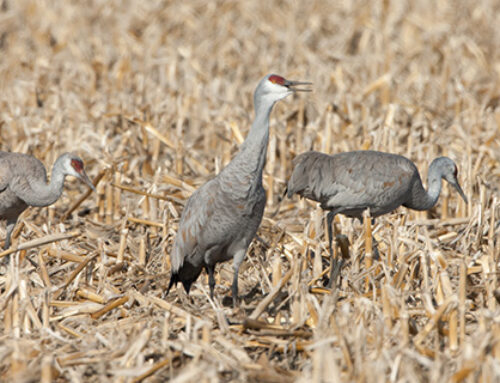
Leave A Comment